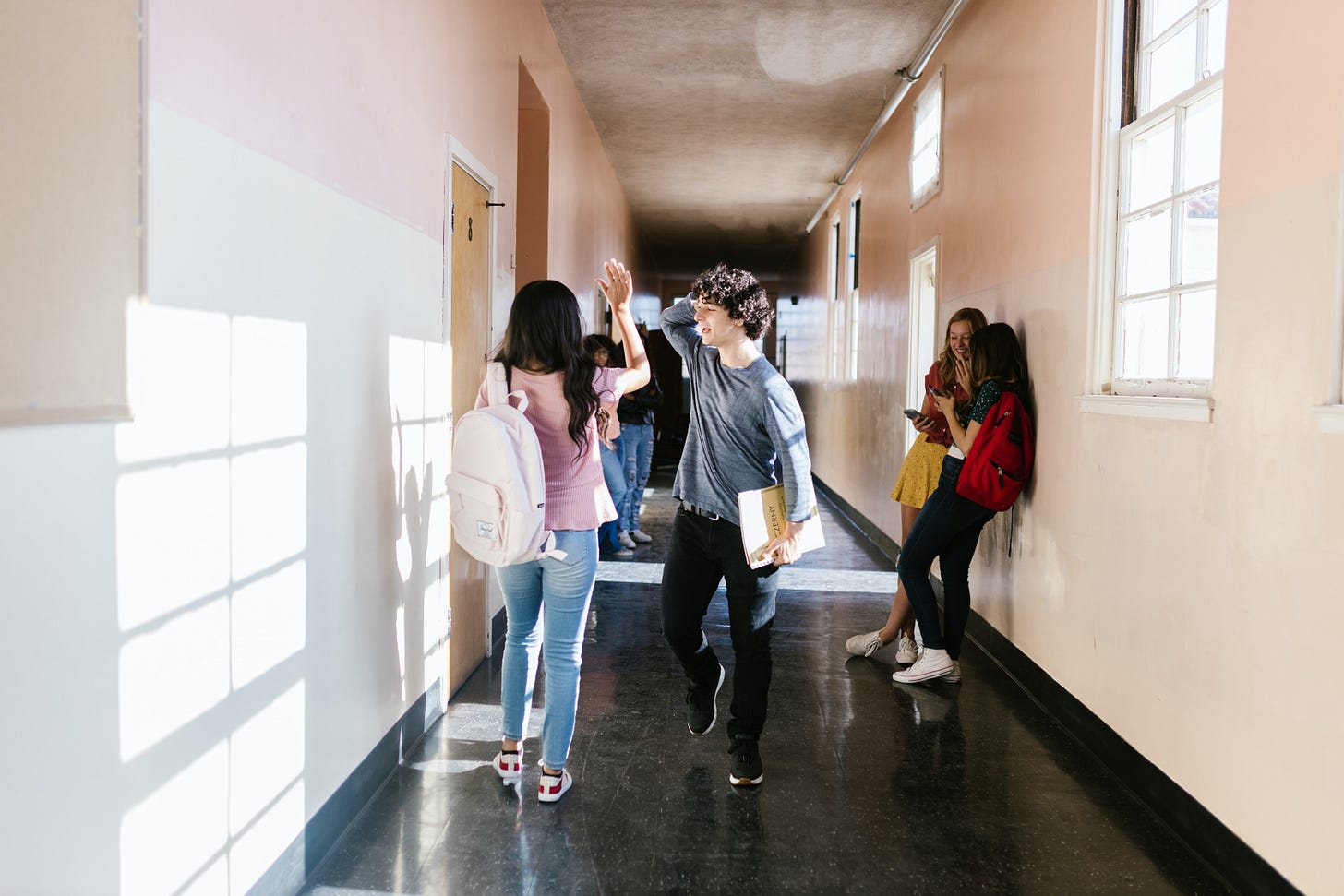Adversity in Adolescence: Modeling Risk for Different Purposes
Experiencing adversity can contribute to multiple developmental problems
Many of us have read about “adversity,” “ACE scores,” and “risk factors” for children, teens, and families, but what do these things really mean? Researchers and other scientists usually make a lot of decisions when designing their studies and analyzing their data. The choices they make sometimes change what the findings tell us and influence how we think about the ways in which people’s experiences influence their lives and development.
We wanted to highlight this, so we took the same dataset and analyzed it three different ways (the 2019 Philadelphia Youth Risk Behavior Survey; YRBS) and reported the findings in a new article. The YRBS is a survey that high school students fill out every two years. We pointed out that there are more options available than the “ACE score” approach. In fact, oftentimes using an “ACE score” does not align with how we think about how adversity works in the lives of teenagers.
What is “adversity”?
Adversity refers to difficult or harmful situations that increase the risk of negative outcomes for teenagers. These can include a wide range of experiences like homelessness, bullying, physical or sexual victimization, food insecurity, and many others. When these experiences statistically relate to higher rates of some poor outcome (like dropping out of school, mental illness, poor health, etc.), then they are considered “risk factors.” How researchers study adversities can significantly impact the findings and their usefulness for policymakers and practitioners.
What are the different ways to study adversity?
We analyzed what teens said on the 2019 Philly YRBS in three different ways to understand the relationship between adversity and negative outcomes:
Cumulative Risk Score: This is sometimes called an “ACE score.” This method adds up the number of different types of adversities a teenager has experienced to see if ‘more’ is linked to ‘worse’ outcomes. Like most studies, we found that higher levels of adversity generally lead to higher rates of problems like substance abuse, poor grades, and mental health issues.
However, this approach has some limitations. Just one limitation (the article talks about others) is that this approach assumes that each type of adversity is equally important. For example, a teen who only experienced bullying has a score of “1” and a different teen who only experienced homelessness receives the same score of “1,” even though these teens likely had very different experiences. Is homelessness a more difficult or damaging adversity than bullying? This approach cannot tell us and assumes they are equal.
Sometimes we want to know which experiences are more or less important to focus prevention practices or policies. The individual main effects approach (see #2 below) can be more helpful in that case. An ACE score cannot tell us.
Another limitation is that it does not tell us which adversities tend to go together in teens’ lives. For example, is there a group of teens that tend to experience homelessness and sexual victimization? Is that group different from teens who experience another profile of adversity, like homelessness along? A cumulative risk score / ACE score approach also does not tell us if these different combinations of adversity matter when it comes to how the teens are doing in life. Latent class analysis (#3 below) can help with this.
Individual Main Effects: This method looks at each type of adversity separately to see which ones are probably most harmful. It considers the different adversities side-by-side and can tell us about which have the strongest relations with teen outcomes. For example, specifically in the YRBS, we found that physical victimization was particularly damaging, leading to multiple negative outcomes even when we took into account the other adversities.
Latent Class Analysis: Finally, we know that adversities tend to pile up in the lives of teenagers. For example, teens who experience homelessness often experience other adversities like food insecurity. Latent class analysis groups teenagers into different profiles based on their experiences. It can show us particular patterns of adversities and other demographic factors that go along with each other. These profiles can sometimes predict teen outcomes better than single adversities or cumulative risk scores. Profiles can be a clue about who to help in which ways, information that is sometimes more helpful to practitioners and policymakers.
The article details the distinct profiles from the YRBS, showing that adversity often clusters in specific ways and that these clusters can be influenced by factors like race and ethnicity.
Findings and Implications in the 2019 YRBS
Briefly, the 2019 YRBS data linked adversity in adolescence to various negative outcomes, but the specific impacts can vary depending on how adversity is analyzed. For example, physical victimization was found to be particularly harmful across multiple outcomes, while other adversities had more specific effects.
Recommendations
For those working with families experiencing homelessness, advocates, and policymakers, the article suggests:
Tailored Interventions: Different types of adversity require different responses. For example, physical victimization needs targeted interventions to address its widespread impact.
Holistic Approaches: Considering the cumulative impact of multiple adversities can help in designing comprehensive support systems.
Contextual Understanding: Recognizing how adversity clusters within specific demographic groups can improve the effectiveness of interventions.
Conclusion
Understanding the different ways adversity affects teenagers is crucial for developing effective policies and practices. By using appropriate research methods, we can better identify the needs of vulnerable populations and provide more targeted support.
Read the full-text of the article:
https://www.researchgate.net/publication/387007880_Adversity_in_adolescence_Modeling_risk_for_different_purposes





